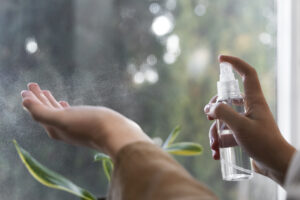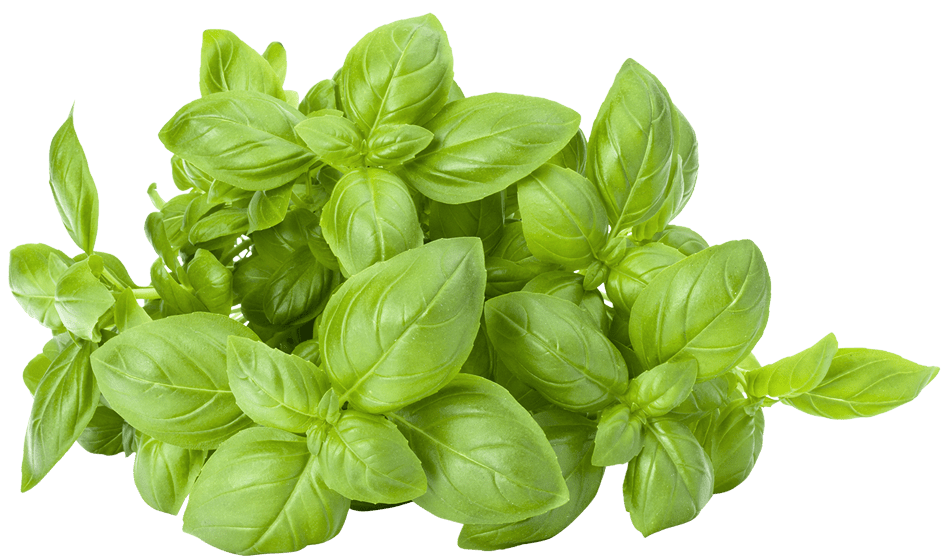
Embrace the power of nature with this easy-to-follow guide to creating your own herbal outdoor spray. As interest in natural solutions and sustainable living grows, learning to make a homemade insect repellent is a rewarding skill that benefits both your health and the environment. This DIY herbal spray uses plant-based ingredients to keep bugs at bay, allowing you to enjoy the outdoors without synthetic chemicals. Whether you’re a seasoned gardener or new to herbal gardening tips, this guide will help you create an effective, natural outdoor spray recipe that aligns with a green lifestyle
Why Choose a DIY Herbal Spray?
Commercial insect repellents often contain harsh chemicals like DEET, which can cause skin irritation and environmental harm. In contrast, natural sprays made from herbs and essential oils are:
- Safer for skin and health – Gentle yet effective, especially for sensitive skin or families with children.
- Eco-friendly – Biodegradable and non-toxic to pollinators like bees.
- Cost-effective – Uses affordable, reusable ingredients.
- Customizable – Tailor scents and potency to your preference.
Studies show that many essential oils for bug repellent—such as lavender, peppermint, and eucalyptus—have proven insect-repelling properties. For example, research cited by Healthline indicates that oils like lemon eucalyptus and citronella are effective against mosquitoes and ticks . By making your own spray, you contribute to sustainable living by reducing plastic waste and avoiding synthetic pesticides .
Ingredients for Your Natural Outdoor Spray
Choose organic, high-quality ingredients for the best results. Here’s what you’ll need:
Base Ingredients:
- Distilled water (2 ounces) – Acts as a neutral carrier. Avoid tap water to prevent contamination.
- Witch hazel or vodka (2 ounces) – Helps preserve the spray and disperse oils. Witch hazel is alcohol-free and gentle on skin .
- Carrier oil (optional, 1 teaspoon) – Jojoba or almond oil adds moisturizing properties and helps the spray adhere to skin. Omit if spraying on plants.
Essential Oils (50-75 drops total):
Select from these effective essential oils for bug repellent :
- Citronella (15 drops) – Masks scents attractive to bugs.
- Lemon eucalyptus (15 drops) – Contains PMD, a natural repellent.
- Lavender (10 drops) – Soothes skin and repels mosquitoes.
- Peppermint (10 drops) – Creates a cooling sensation and deters insects.
- Tea tree (10 drops) – Adds antimicrobial properties.
- Other options: Lemongrass, thyme, or geranium oils.
Fresh or Dried Herbs (for infused version):
Mint, lavender, or rosemary – Rich in natural insect-repelling compounds .
Tools
- A 4-oz glass spray bottle (dark glass protects oils from light).
- A funnel for easy pouring.
- A small bowl for mixing.
Step-by-Step DIY Instructions
Method 1: Quick Essential Oil Spray (5 minutes)
This is the fastest way to create a effective spray using pure essential oils.
- Sanitize: Clean your spray bottle with hot, soapy water and rinse thoroughly.
- Combine liquids: Using a funnel, pour 2 ounces of witch hazel (or vodka) and 2 ounces of distilled water into the bottle.
- Add oils: Add your chosen essential oils (50-75 drops total). For a balanced blend, try:
- 15 drops citronella
- 15 drops lemon eucalyptus
- 10 drops lavender
- 10 drops peppermint
- Optional: Add 1 teaspoon of jojoba oil if you want a moisturizing spray.
- Shake and label: Secure the lid and shake vigorously for 30 seconds. Label the bottle with the date and ingredients.
- Store and use: Keep in a cool, dark place. Shake well before each use. Spray on exposed skin (avoiding eyes and mucous membranes) and clothing. Reapply every 2 hours or after swimming .
Method 2: Herbal-Infused Oil Spray (1-2 weeks preparation)
For a deeper herbal potency, infuse carrier oil with fresh herbs first.
- Create infused oil:
- Fill a glass jar halfway with dried herbs like mint, lavender, or rosemary.
- Cover completely with a carrier oil (e.g., olive or grapeseed oil).
- Seal the jar and place it in a slow cooker filled with water (water level halfway up the jar).
- Heat on low for 4-6 hours, allowing the oil to absorb the herbs’ properties.
- Let cool, then strain out the herbs .
- Mix the spray:
- In your spray bottle, combine 2 ounces of witch hazel, 1 ounce of distilled water, and 1 ounce of your herbal-infused oil.
- Add 30 drops of complementary essential oils (e.g., lemon eucalyptus) for enhanced effect.
- Shake well before each use, as separation is natural.
Tips for Effectiveness and Safety
- Patch test: Before full application, test the spray on a small skin area to check for allergies.
- Avoid sun exposure: Citrus oils (like lemon) can be phototoxic; avoid direct sunlight after application .
- Reapply frequently: Natural sprays evaporate faster than chemical ones. Reapply every 2 hours or after sweating.
- Use on fabrics: Spray on clothing, hats, and outdoor gear for added protection. Some oils may stain silk or synthetic fabrics.
- Store properly: Keep in a dark, cool place to preserve efficacy. Use within 6 months .
- Pet safety: Avoid using essential oils on or around cats, as many are toxic to them. For dogs, consult a vet first .
Enhancing Your DIY Experience with Herbal Gardening
Growing your own herbs is a cornerstone of sustainable living. Here are some herbal gardening tips to ensure a fresh supply:
- Plant repellent herbs: Grow mint, lavender, basil, rosemary, and citronella grass in pots or gardens. These plants naturally deter pests and provide ingredients for your sprays .
- Harvest wisely: Pick herbs in the morning after dew evaporates for peak essential oil content.
- Dry for storage: Hang herbs upside down in a dry, dark place to preserve them for future use .
- Go organic: Avoid pesticides on your herbs to keep your sprays chemical-free. Practice companion planting to enhance garden health .
Conclusion: Embrace Natural Protection
Creating your own DIY herbal spray is more than a project—it’s a step toward a healthier, green lifestyle. This natural outdoor spray recipe empowers you to take control of what you put on your skin and into the environment. As you explore herbal solutions, you’ll discover the joy of blending nature’s wisdom with practical science.
Remember, sustainable living starts with small actions. By choosing this DIY approach, you reduce plastic waste, avoid harmful chemicals, and connect with the timeless practice of using plants for protection. For more tips on herbal gardening and natural wellness, explore Ouch Herbal’s blog and join our community of nature enthusiasts.
Try this recipe today and breathe easy knowing your outdoor comfort comes from the pure power of plants!
References:
- Homemade Bug Spray: Natural & Effective Repellent
- 10 Essential Oils that Naturally Repel Insects
- Jekka’s sustainable herb gardening tips
- Homemade Essential Oil Insect Repellent Spray
- Homemade Herbal Bug Repellent Spray
- Healthline: Homemade Bug Spray Recipes
- Herb Garden Ideas: Full Herbal Planting Guide
Keywords: DIY herbal spray, natural outdoor spray recipe, homemade insect repellent, essential oils for bug repellent, herbal gardening tips, sustainable living, nature, natural, herbs, herbal, green products.

